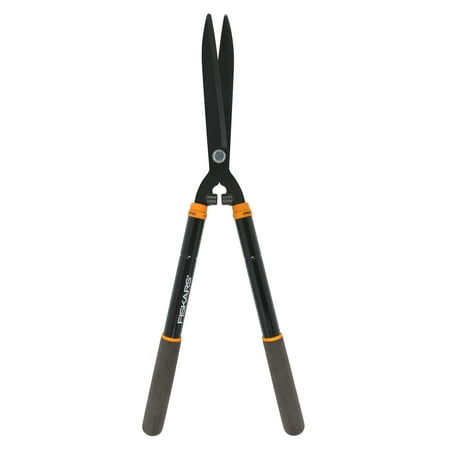Pruning jasmine in late summer will ensure your plants bloom better than ever next year
Timing is critical when pruning summer-flowering climbers
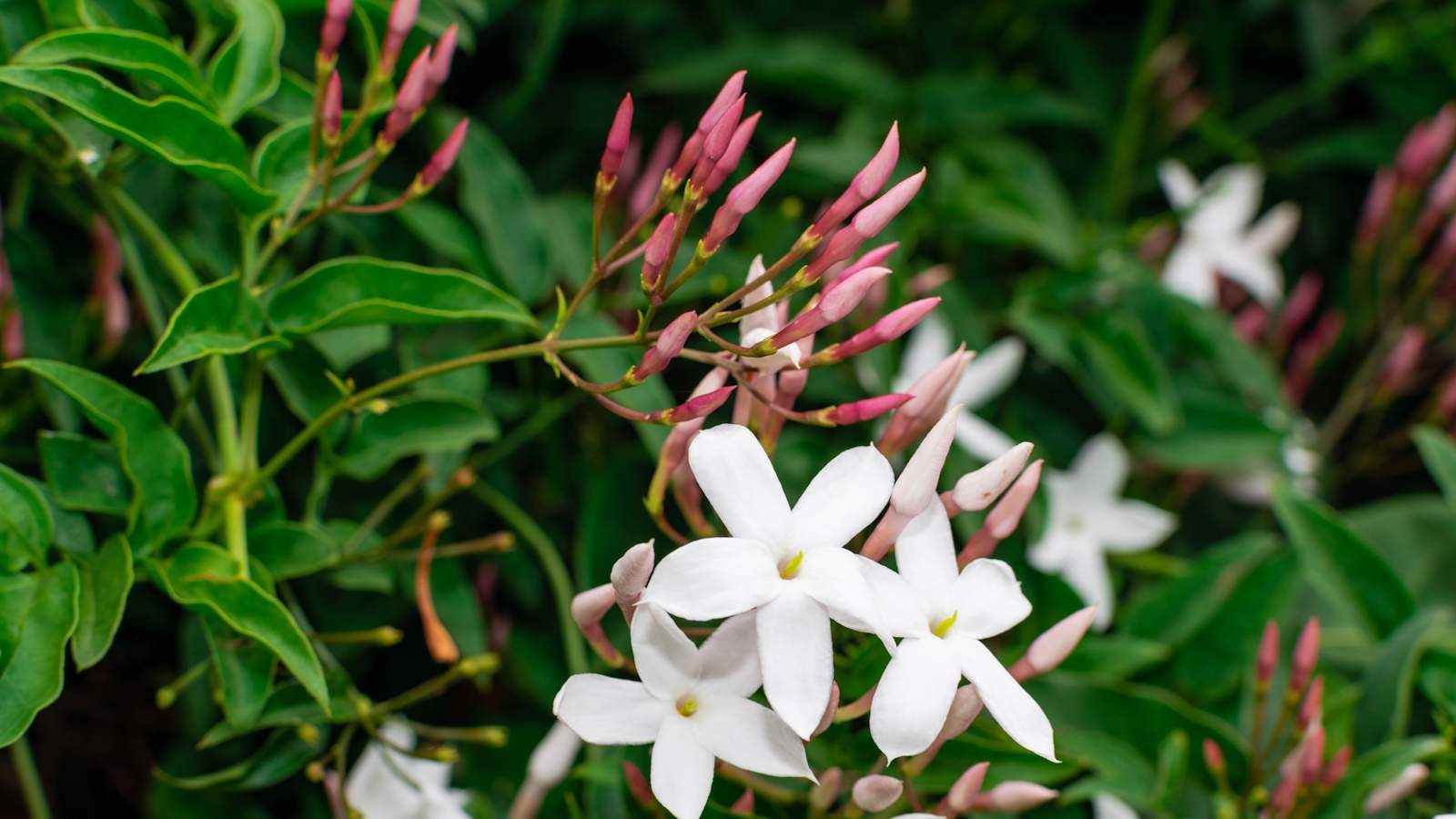

Jasmine has long been celebrated for its intense and intoxicating aroma which, I think, is one of the ultimate flower garden scents. The utility of this fragrance was not lost on the Ancient Egyptians, who used the blooms to perfume bath water, or in ancient China, where the petals were used to add flavor to black tea. Even today, after thousands of years of use, it remains a scent of significance, with many food, drink and hygiene products enhanced by jasmine oil.
While I cannot claim to have mastered the art of essential oil extraction, enjoying the fragrance of climbing jasmine in garden borders and pot displays is good enough for me. I have grown different varieties of jasmine in gardens where I have worked across England and Wales, including pink jasmine, Jasminum polyanthum, and common jasmine, Jasminum officinale, both of which have remarkable fragrances.
Whether you grow jasmine in pots or the ground, caring for jasmine is relatively simple, but one important job to get right is pruning. Timing is critical, and pruning at the wrong time can damage your plant and reduce flowering the following year. Here, a gardening expert shares all the information you need to learn how to prune jasmine correctly.
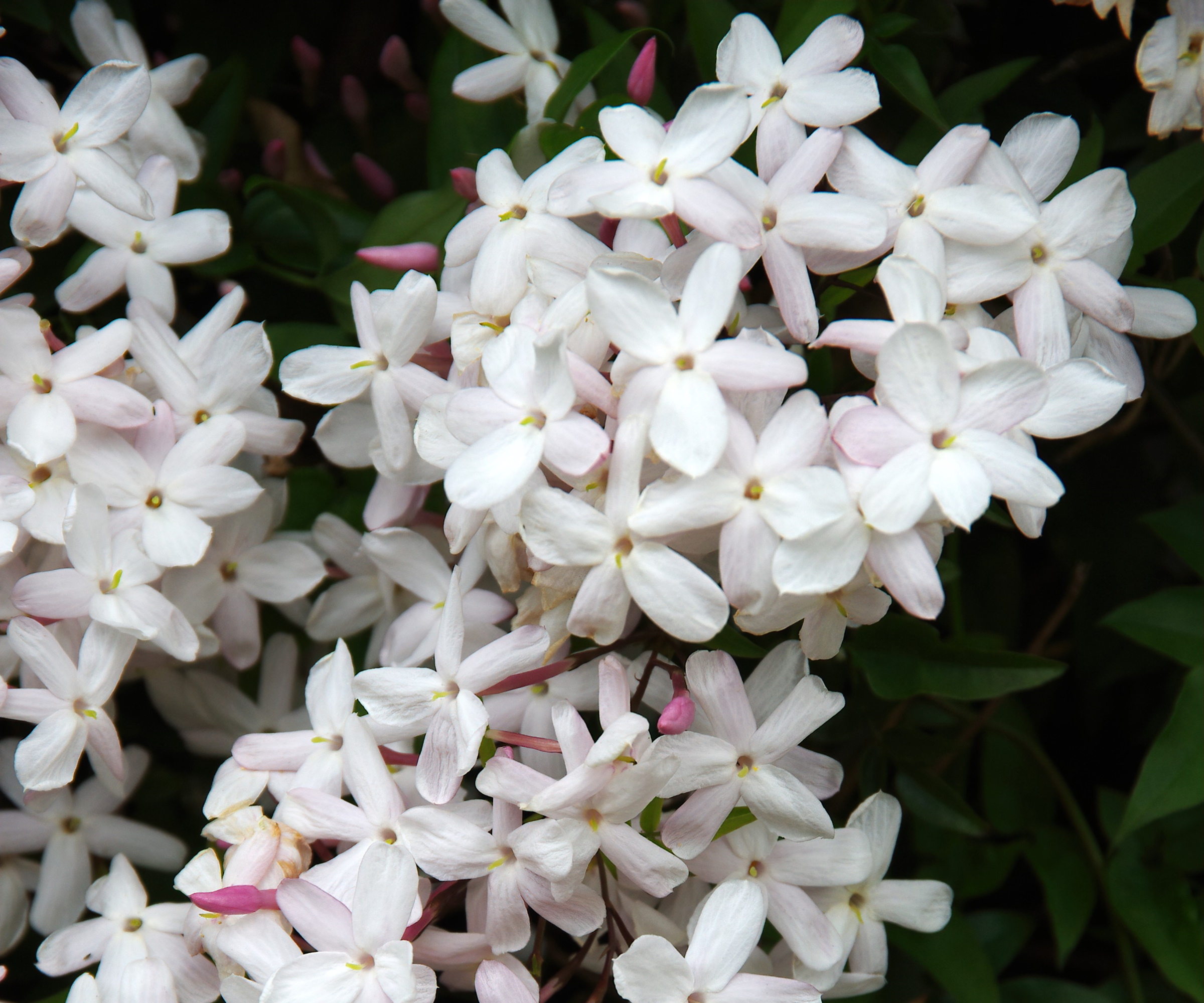
How to prune jasmine climbers
Jasmine is often considered one of the best climbing plants, renowned for its long-lasting foliage and floral display. To ensure that your climbers continue to grow and produce as many flowers as possible, pruning at the right time is essential.
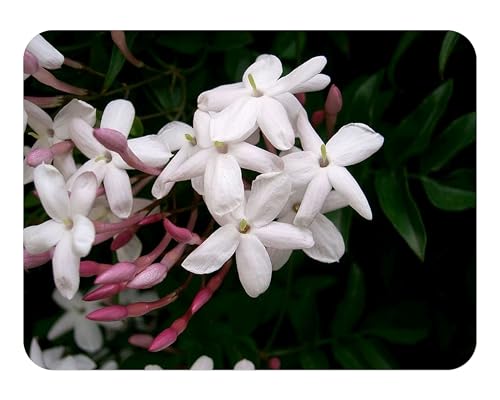
This attractive jasmine comes in a starter-size pot, ideal for growing in either a pot or your borders. With green, glossy foliage, this fragrant vine is sure to steal the show.
When to prune jasmine
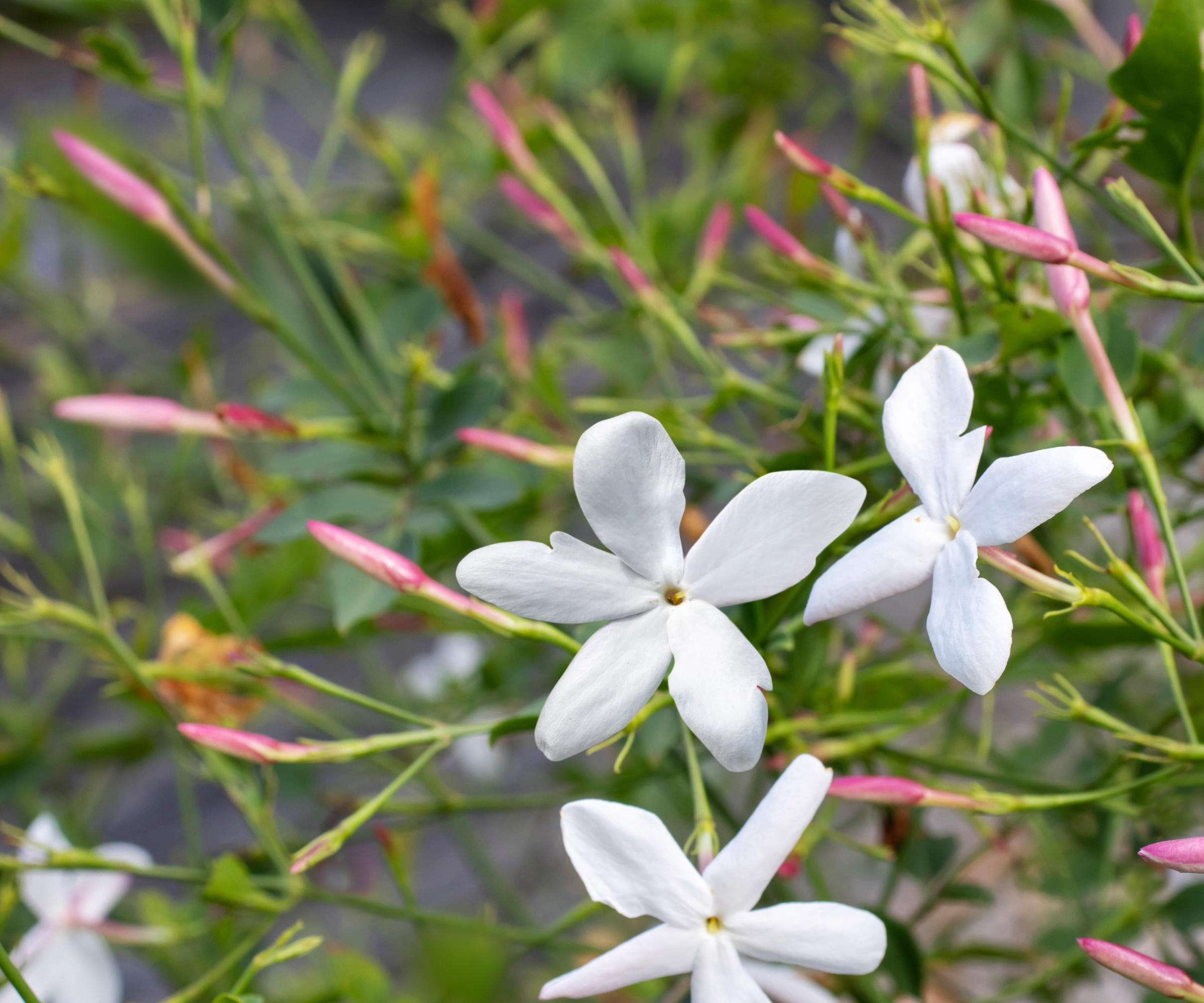
'Jasmine plants are known for their moderate to fast growth rate, averaging about 12 to 24 inches of new growth each year,' says Mike Murphy, garden expert and owner at You Had Me At Gardening.
'Pruning should be done after the main flowering period in late summer to control size and shape, and to encourage bushy lateral growth,' Mike adds. 'By August and September, you will see many long, whip-like stems that can appear slightly messy. At this point, it is time to tidy your climber.'
When growing jasmine, remember that flowers bloom on the previous year's growth, so pruning in late summer gives your climber enough time to produce new stems that will harden off before winter. Future flowers will bloom on these stems that grow in late summer and early fall, so getting the timing right is vital.
The exact timing will depend on your local climate. For example, in northern regions, such as US hardiness zone 5, this will typically be in August, whereas in southern regions, such as US hardiness zone 9, this could be September or even October.

Mike is the owner of You Had Me At Gardening. He grew up gardening with his parents and grandparents. He enjoys his backyard orchard of dwarf fruit trees, raspberry and blackberry patches, and raised garden boxes. In addition to his perennials, Mike enjoys sprouting new fruit and vegetable seeds every spring.
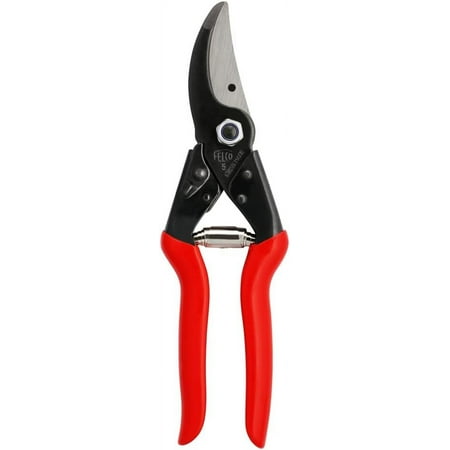
Felco makes the best pruners in the the world, and these are no exception. Constructed from forged aluminum handles and hardened steel blades, these pruners are ideal for all your pruning jobs in the yard.
How to prune jasmine
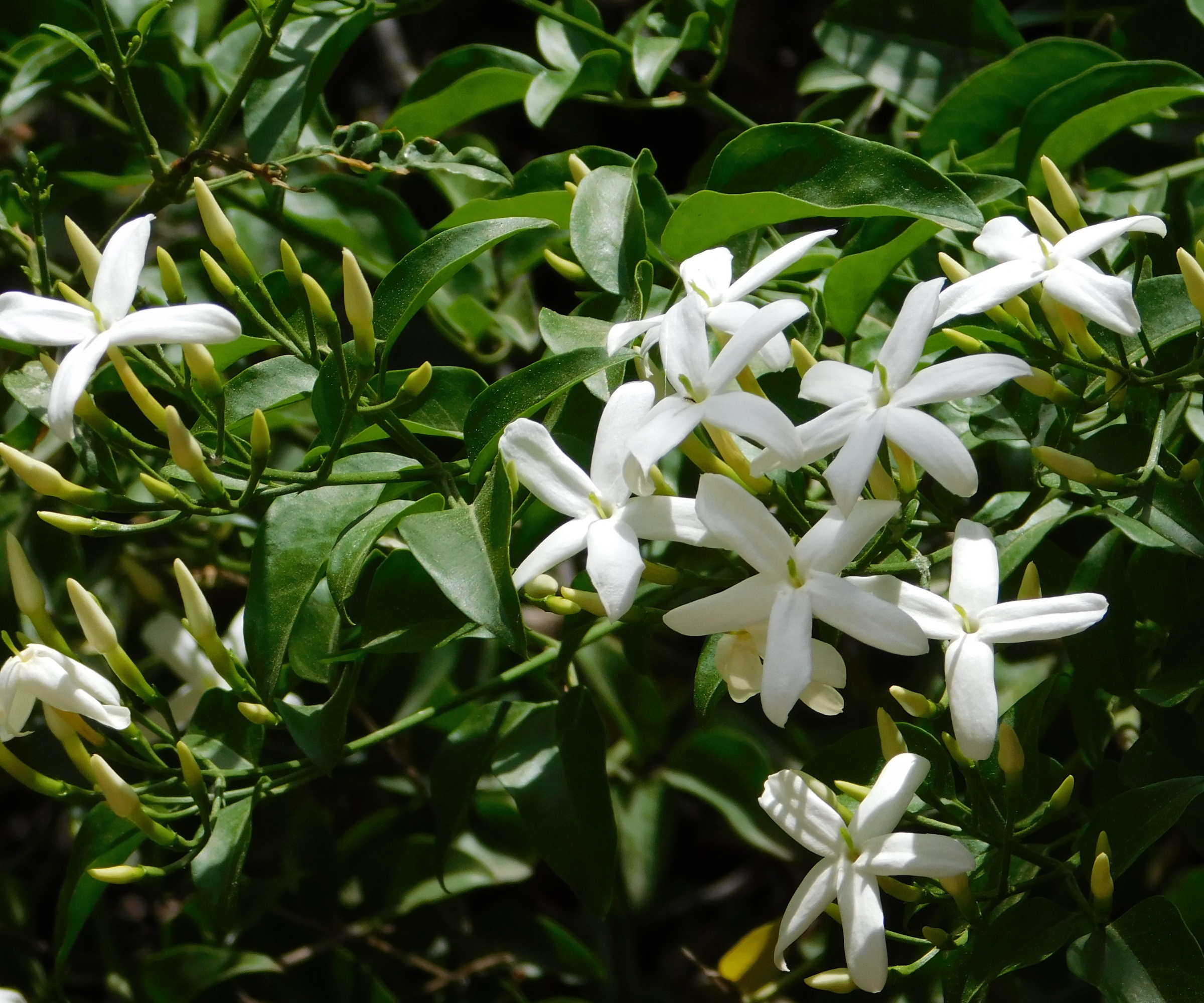
To begin with, take a step back and inspect the shape of your jasmine. It is always best to prune with intention, so decide the desired shape and scale for your jasmine before you reach for the pruners.
'Firstly, remove dead or damaged stems,' Mike continues, 'which will help to maintain a healthy plant with a natural form.' It is then a good idea to 'prune long stems down to a few feet, cutting just above a leaf node.'
In some instances, you might want your jasmine to climb up high, but if you are like me and prefer to be able to smell jasmine at ground level, keeping it growing lower down is optimal. If you grow your jasmine along a fence or garden wall, prune your jasmine so that it is contained and compact. You do not have to worry about cutting back too hard, so long as you prune above a leaf node, you will see fresh new shoots in the coming weeks.
'After pruning, it is a good idea to support your climbing plants,' Mike continues. 'These vines will benefit from support, so installing a trellis or wire framework against the wall or structure is recommended if you have not already got one.
'As your plant grows over the late summer period, gently tie new growth to provide support using soft ties. Avoid tying too tightly to allow for natural movement and prevent damage to the stems.' Reusable plant ties are available from Amazon.
FAQs
Is it a good idea to fertilize jasmine plants after pruning?
If you have been feeding your plants during spring and summer, they should have all the nutrients and goodness they need to produce new growth. I would not recommend fertilizing jasmine once you have pruned in the latter months of the growing season. It is best to wait and feed your plants the following spring.
Pruning your jasmine plants during late summer will help them produce a bounty of star-like, aromatic blooms next year. For more scented plant inspiration, see our guide on how to grow winter jasmine, for a fragrant plant that will add impact to your yard during the cold months of the year.
Sign up to the Homes & Gardens newsletter
Design expertise in your inbox – from inspiring decorating ideas and beautiful celebrity homes to practical gardening advice and shopping round-ups.

Thomas is a Content Editor within the Gardens Team at Homes and Gardens. He has worked as a professional gardener for both public spaces and private estates, specializing in productive gardening, growing food and flowers. Trained in Horticulture at the Garden Museum, he has written on gardening and garden history for various publications, including The English Garden, Gardens Illustrated, Hortus, The London Gardener and Bloom. He has co-authored a Lonely Planet travel book, The Tree Atlas, due out in 2024.
-
 These are the 6 must-have colors to decorate with in April 2025
These are the 6 must-have colors to decorate with in April 2025What do retro-inspired yellows and beautiful blues all have in common? They're on our hot list for the season ahead
By Sophia Pouget de St Victor Published
-
 Plants never to grow next to fruit trees
Plants never to grow next to fruit treesExpert advice on which plants to keep away from fruit trees to encourage a healthy harvest
By Jacky Parker Published
-
 How to grow astilbe – expert advice on cultivating this shade-tolerant flowering perennial
How to grow astilbe – expert advice on cultivating this shade-tolerant flowering perennialShade-tolerant and pest-resistant - astilbe are hardy and tough perennials that can thrive in many settings
By Ellen Wells Published
-
 7 native perennials to plant in April – for glorious flowering displays to attract bees, butterflies, and hummingbirds
7 native perennials to plant in April – for glorious flowering displays to attract bees, butterflies, and hummingbirdsDiscover some of the best perennials to plant in April to make your garden a hotspot for wildlife
By Drew Swainston Published
-
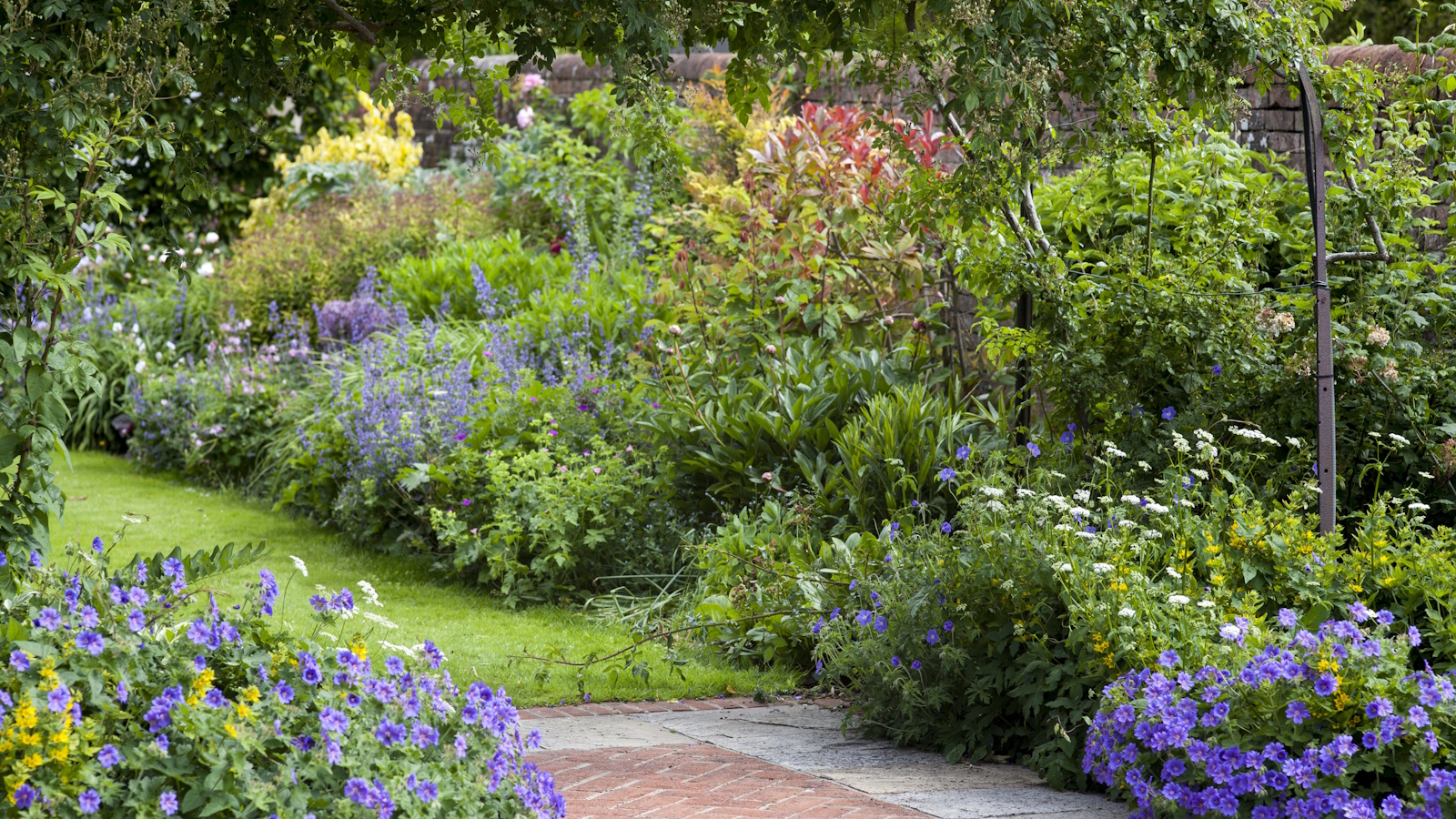 Is the viral salt hack the secret to a weed-free patio? A garden expert warns of irreparable, long-term damage – plus reveals the safest way to get results
Is the viral salt hack the secret to a weed-free patio? A garden expert warns of irreparable, long-term damage – plus reveals the safest way to get resultsYou might have seen gardeners on TikTok or Instagram using salt to kill weeds in pavers, but this hack should be avoided at all costs
By Thomas Rutter Published
-
 Worst-smelling plants to avoid – experts reveal 5 pungent species and suggest perfumed options to grow instead
Worst-smelling plants to avoid – experts reveal 5 pungent species and suggest perfumed options to grow insteadThese are some of the worst-smelling plants that can cause quite a stink
By Thomas Rutter Published
-
 How to fertilize magnolias – garden experts reveal the secrets to better blooming, and timing is critical
How to fertilize magnolias – garden experts reveal the secrets to better blooming, and timing is criticalMagnolias are famed for their spring flowers, and feeding at the right time can give trees a boost
By Thomas Rutter Published
-
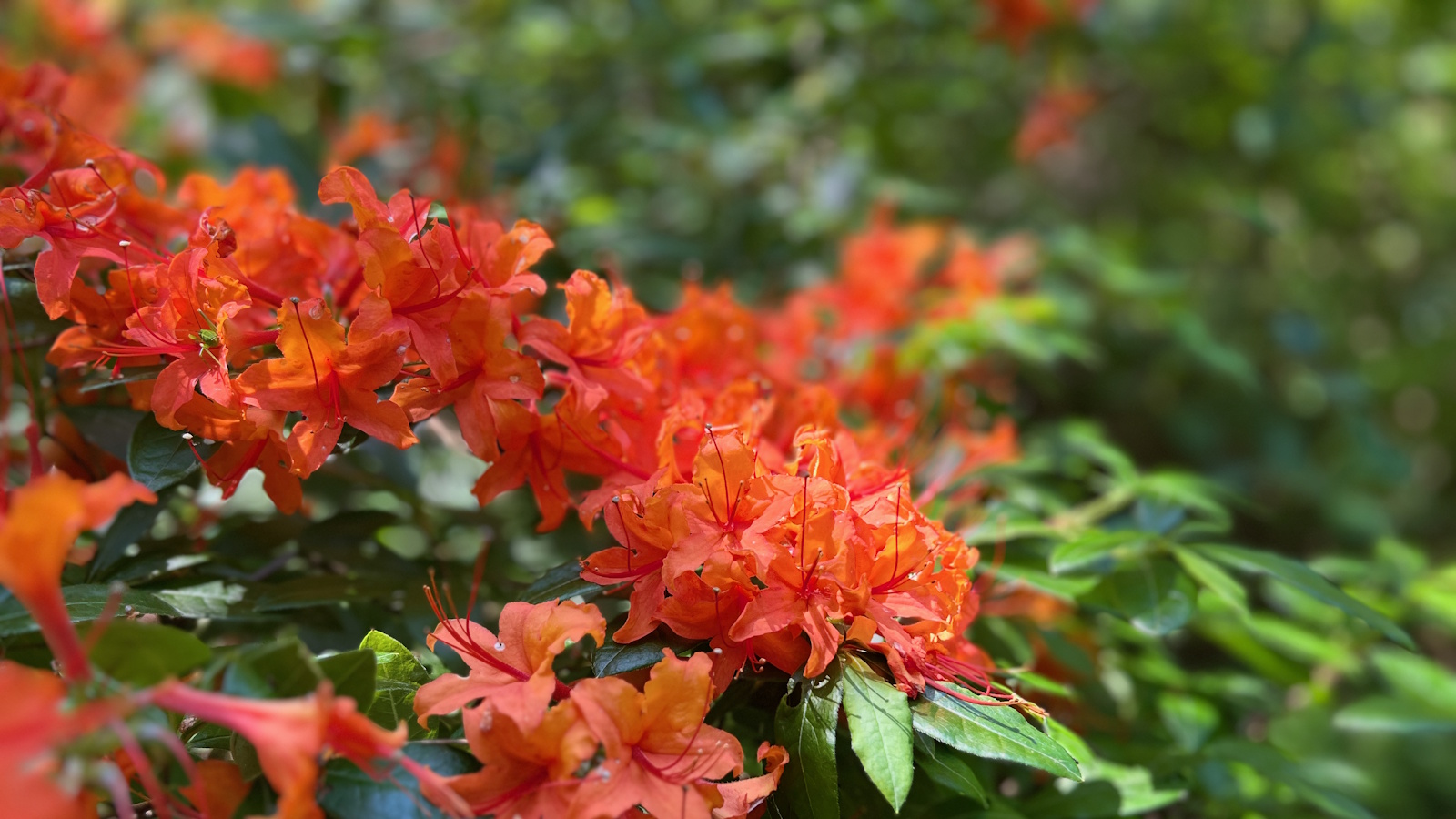 How to revive old rhododendron plants – pruning advice from a professional gardener to save your struggling shrubs
How to revive old rhododendron plants – pruning advice from a professional gardener to save your struggling shrubsWith the right pruning approach, you can rejuvenate old and woody rhododendrons
By Thomas Rutter Published
-
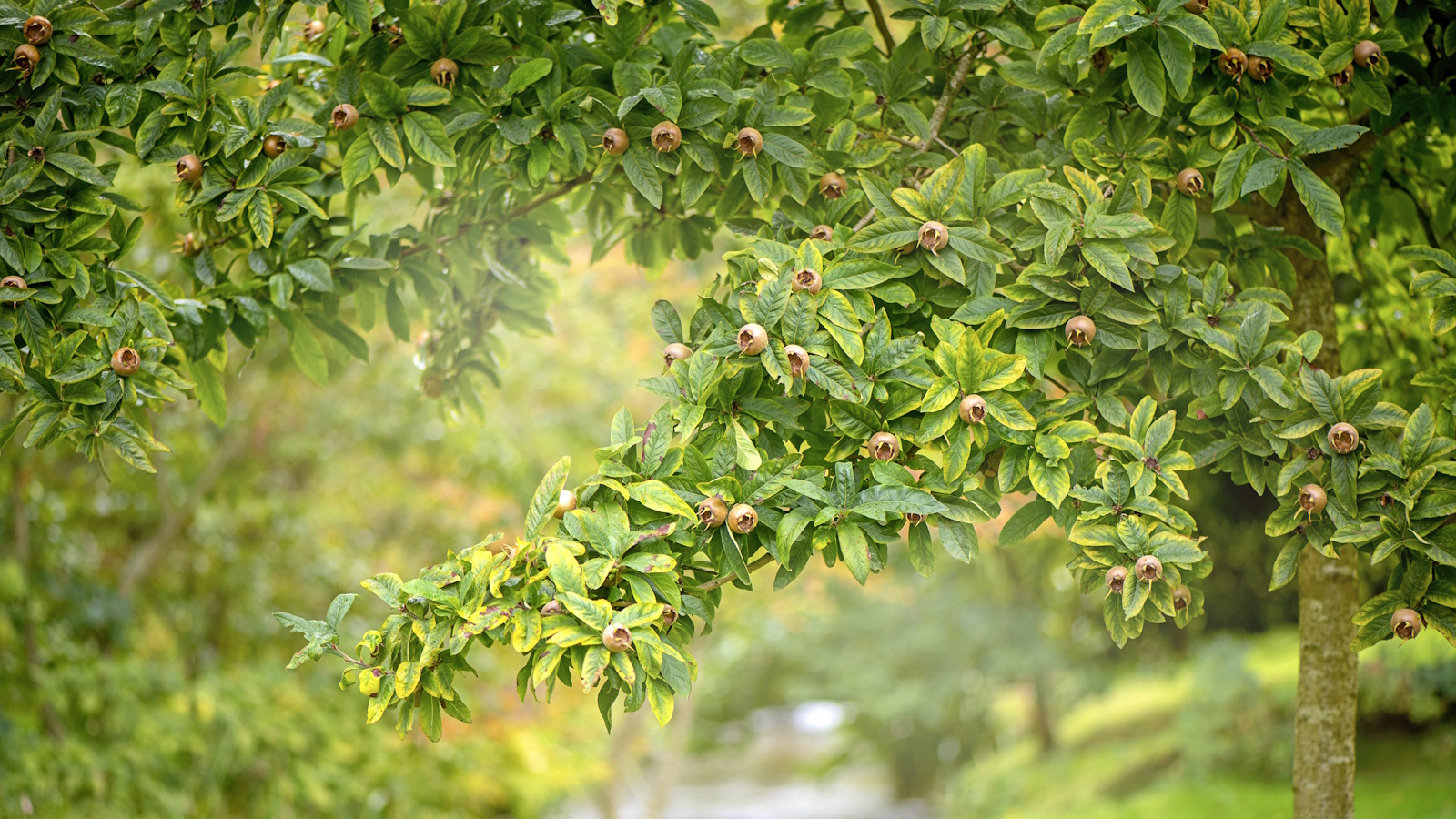 How to grow medlar trees – to enjoy a harvest of unusual fruits from this forgotten heritage species
How to grow medlar trees – to enjoy a harvest of unusual fruits from this forgotten heritage speciesMedlar fruits were once a popular delicacy, yet today, they are a rare find
By Thomas Rutter Published
-
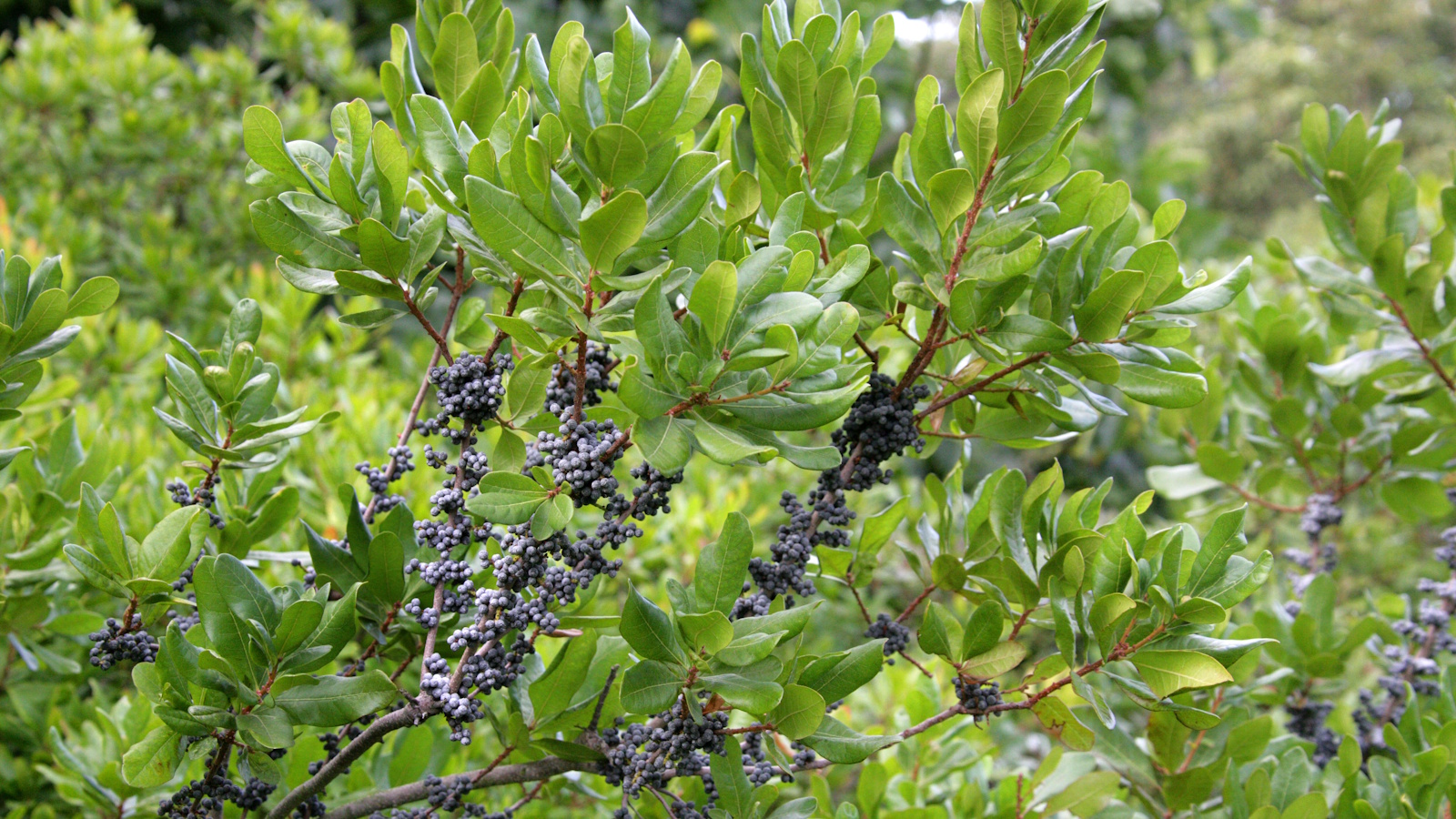 Best fragrant shrubs – 5 perfumed plants to transform garden borders and pot displays this summer
Best fragrant shrubs – 5 perfumed plants to transform garden borders and pot displays this summerGrow one or more of the best fragrant shrubs to add a sensory element to your yard
By Thomas Rutter Published
